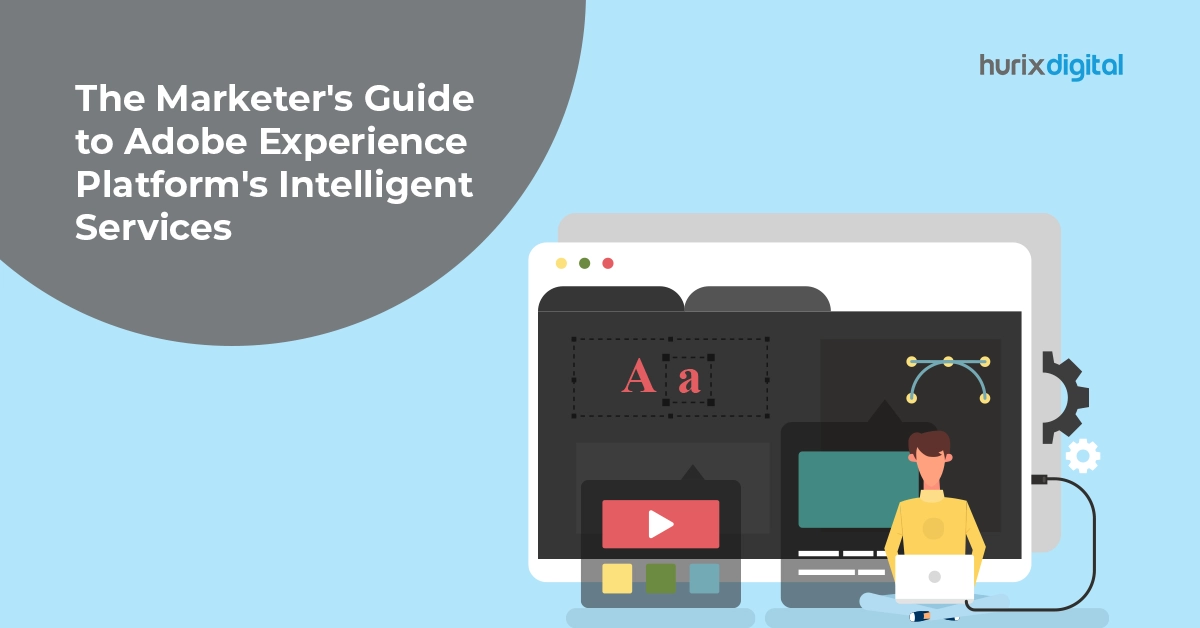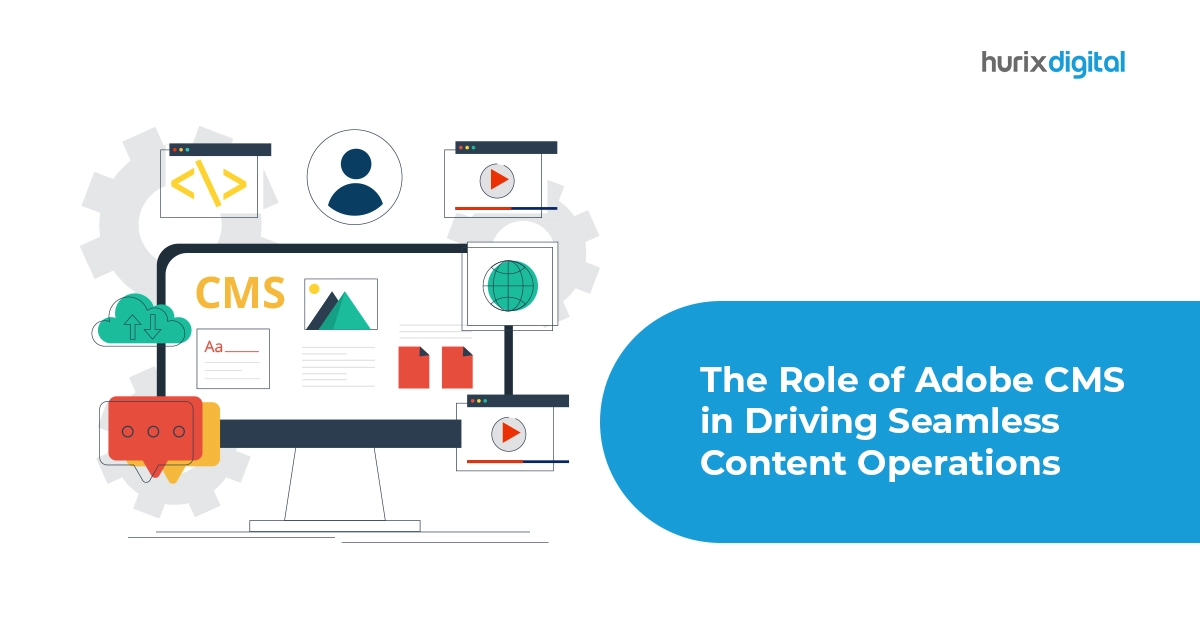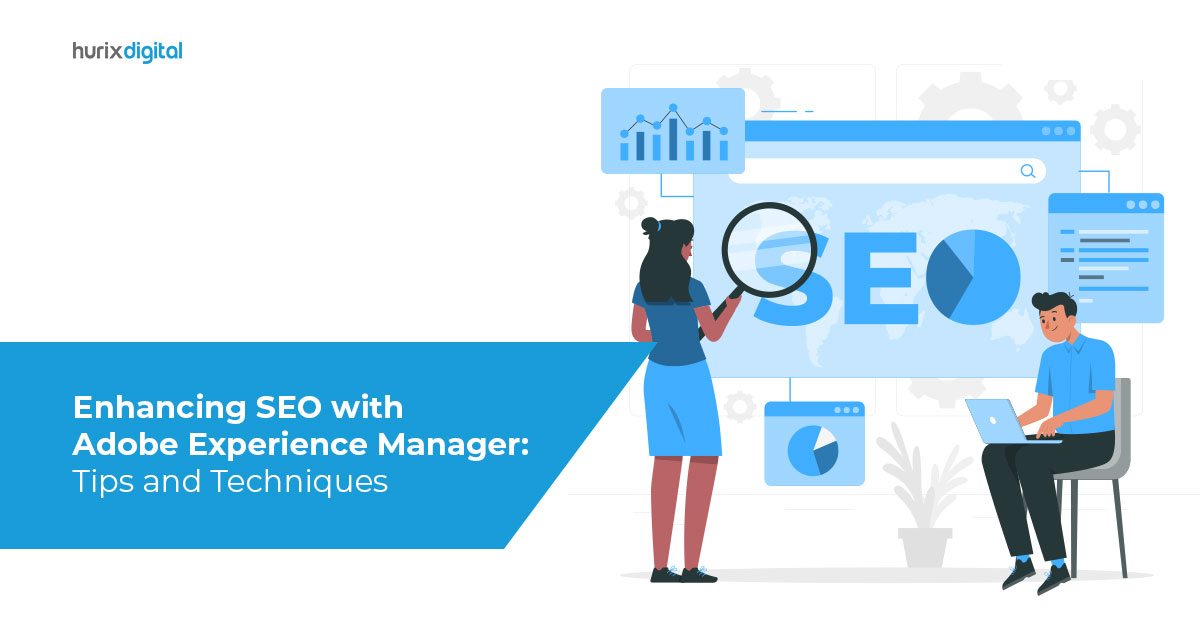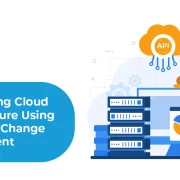
The Marketer’s Guide to Adobe Experience Platform’s Intelligent Services
Summary
Explore Adobe Experience Platforms’ intelligent services from a marketer’s perspective. This guide offers tips for leveraging Adobe’s tools to enhance marketing strategies.
Marketers are continuously looking for innovative avenues to enhance the user experience, consistently rope in new customers, and lower the churn rate. In this bid, the Adobe Experience Platform (AEP) proves immensely helpful as it offers a host of cutting-edge tools to cater to the changing temperaments of customers and targeted prospects. The platform’s Intelligent Services have further enhanced its appeal by honing the competitive edges of marketers and analysts.
Table of Contents:
- Adobe Experience Platform’s Intelligent Services
- Workflow of Adobe Intelligent Services
- Types of Intelligent Services
- Advantages of Intelligent Services
- Moving Ahead
Adobe Experience Platform’s Intelligent Services
Adobe has always taken the lead in empowering marketers digitally. With its Experience Platform’s Intelligent Services, Adobe facilitates marketers and e-commerce analysts to harness the potential of Machine Learning (ML) and Artificial Intelligence (AI) for setting up market predictions specific to an organization’s requirements.
If you are a marketing analyst, you can leverage the AI and ML configurations of Intelligent Services to create algorithms and build attribution and propensity models for improving customer experience (CX). The best thing is that you don’t need any prior expertise in Data Science to build CX use cases. Your predictions can be activated in native and third-party applications too.
The appeal of AI-powered AEMs’ Intelligent Services can be estimated from the fact that 72% of business leaders believe that AI is the future of marketing and offers them a ‘business advantage.’ Also, 38% of targeted consumers believe that AI and Intelligent Services are going to improve customer orientation and service of companies.
Also Read: AEM Migration 101: Everything You Need to Know to Transition to AEM Platform Successfully
Workflow of Adobe Intelligent Services
Adobe Systems has been benefitting from Intelligent Services as part of its data-driven operating model since 2015. It was in 2018 that external customers started leveraging it to deliver optimized business value.
If you are using Adobe Experience Manager (AEM) sites for creating, managing, optimizing, and delivering cross-channel digital experiences to customers, you can amplify your productivity with Intelligent Services. For this, you must breed familiarity with its workflow.
AEM Intelligent Services workflow is constituted of four steps as discussed below.
1. Ingestion of Customer Data
With the Experience Data Model (XDM), you can ingest customer data from different data points or non-integrated sources and transform it into a single central customer data model.
All CX data can be standardized to render it interpretable for gaining comprehensive insights. Through extensible and flexible XDM schemas, you can categorize, format, and share this data easily.
2. Configuration of Data
You can now configure the ingested data with specified business rules. The relevant data must be identified so that the expected predictions can be created with CX and attribution models.
3. Prediction
You have to train the configured models and score them. Once this is done, the scores are communicated back to the Adobe Experience Platform.
4. Action
Once the desired predictions are ready, you need to decide how to deploy them favorably. You can employ the models for predicting customer behavior, assessing a marketing campaign’s impact, or driving optimum return on every investment. You may also activate applications across the AEM cloud or develop bespoke dashboards.
Types of Intelligence Services
While developing your marketing strategies, you will encounter two different Intelligent Services types, including:
1. Attribution AI
This service is useful for measuring and optimizing CX through the application of pre-configured ML models. These models offer realistic and actionable insights into how interactions with individual consumers impact customer conversion.
The service offers you rich insights across customer journeys by allowing the quantification of every singular marketing touchpoint’s impact. You are not required to convert business requirements to ML problems, choose algorithms, and train and deploy models.
Two score categories, rule-based (U-shaped, Time-Decay, Linear, First or Last Touch) and algorithmic (influenced and incremental), are supported for touchpoints like sent or opened emails, displayed ad impressions, clicks on paid searches, etc.
You can store and analyze up to 5 TB of customer data in Attribution AI Underlying AEP Service. Bundled Services come packaged with Attribution AI. Apart from these, other features come in handy for marketers. These include:
- Usage limit of 35 instances of Attribution AI per annum
- Configuring every instance for analysis of a particular conversion event by scrutinizing the impact of sixty independent touchpoints
- Freedom to configure ten region-specific iterations for every instance
- Ability to export 12x times the authorized insights in batches per annum, along with their unique identifiers
- Access to 1 Data Landing Zone for every Sandbox (virtual partitions in each instance)
- Ability to store limitless data in data landing zones based on the licenses taken for different products of AEP
- Ease of moving customer data, only through the data landing zone, to and from AEP
- Auto deletion of redundant or useless data from the zone after a week
- Access to Adobe selected third-party vendors for viewing OnDemand Services generated insights through pre-built interactive reports
- Provision for a maximum of five Sandboxes (the number can go up if separate licenses are sourced for other AEP solutions)
- Permission to use Query Service along with Bundled Services
Attribution AI empowers marketers to assess the actual incremental impact of their campaigning efforts through the complete customer journey from signup to conversion and more. The impact can be visualized holistically or based on SKUs, regions, channels, etc. This facilitates adequate budgetary allotment for different marketing exercises.
Further, strategies can be optimized by ascertaining the keywords, campaigns, and promotions that deliver the best results for different SKUs and locations.
2. Customer AI
This service helps marketers in generating properly explained customer predictions at the granular level. Its influential factors can predict the next moves of individual customers along with reasons for the same. You can use this information for personalizing CX by making messages and offers more individualized.
The predictions generated through the analyses of Consumer Experience Event data are used to build individual customer propensity scores, such as conversion and churn, at scale. As a marketer, you don’t have to generate an ML problem, select an algorithm, and train it for every business requirement. You have to define and configure the targeted goals through proper conditions.
The benefits of Customer AI can be summarized as below:
- Accurate targeting of customers through incisive segmentation based on reliable propensity models and influential factors
- Insights into the likelihood and influential aspects of typical customer behavior patterns
- Option to customize the intelligent service based on the data and use cases of companies
- Keeping the customer profile updated in real-time
Advantages of Intelligent Services
The proven AI-as-a-service architecture of Intelligent Services helps you optimize marketing campaigns and customer experiences by building easy-to-configure models for different business objectives with specific use cases in perspective. You don’t need a degree in data analytics to reap the benefits.
In a nutshell, the key advantages offered by Adobe’s Intelligent Services are
- Freedom from hiring costly data scientists who are already in short supply
- Expedited speed to market
- Leverage AEM CMS with state-of-the-art AI and ML algorithmic models
- Highly accurate predictive insights into customer sentiments and trending temperaments
- Customized configurations with flexibility to actuate predictive models
- Ability to dive deep into common datasets up to a granular level
- Slicing and dicing predictions to offer adequate clarifications for predictive insights
- Streamlined workflows with self-service capability
- Exponential growth in ROI
You might also like: Hurix Digital Joins Adobe Bronze Solution Partnership Program to Enhance AEM Consulting Services
Moving Ahead
The intelligent services of the Adobe Experience Platform make it super-easy to apply AI and ML models in company-specific use cases to enhance customer experiences. As customers’ moves and motives can be predicted with high accuracy, marketers can deploy strategic campaigns to bring more qualified leads into the company’s fold. Qualified support can be provided all along the customer journey.
Hurix Digital excels in leveraging the Adobe Experience Platform’s Intelligent Services to give your marketing efforts the sought-after competitive edge. We provide dedicated and highly experienced AEM developers to work on your company’s marketing use cases and deliver spectacular results within a short span. Connect with us to put your marketing efforts on the growth trajectory.

Currently serving as the Vice President of Technology Delivery Operations at HurixDigital, a prominent global provider of digital content and technology solutions for publishers, corporations, and educational institutions. With over 16 years of experience spanning EdTech and various domains, I hold certification as a SCRUM Product Owner (CSPO). My expertise includes operations, finance, and adept people management skills.








